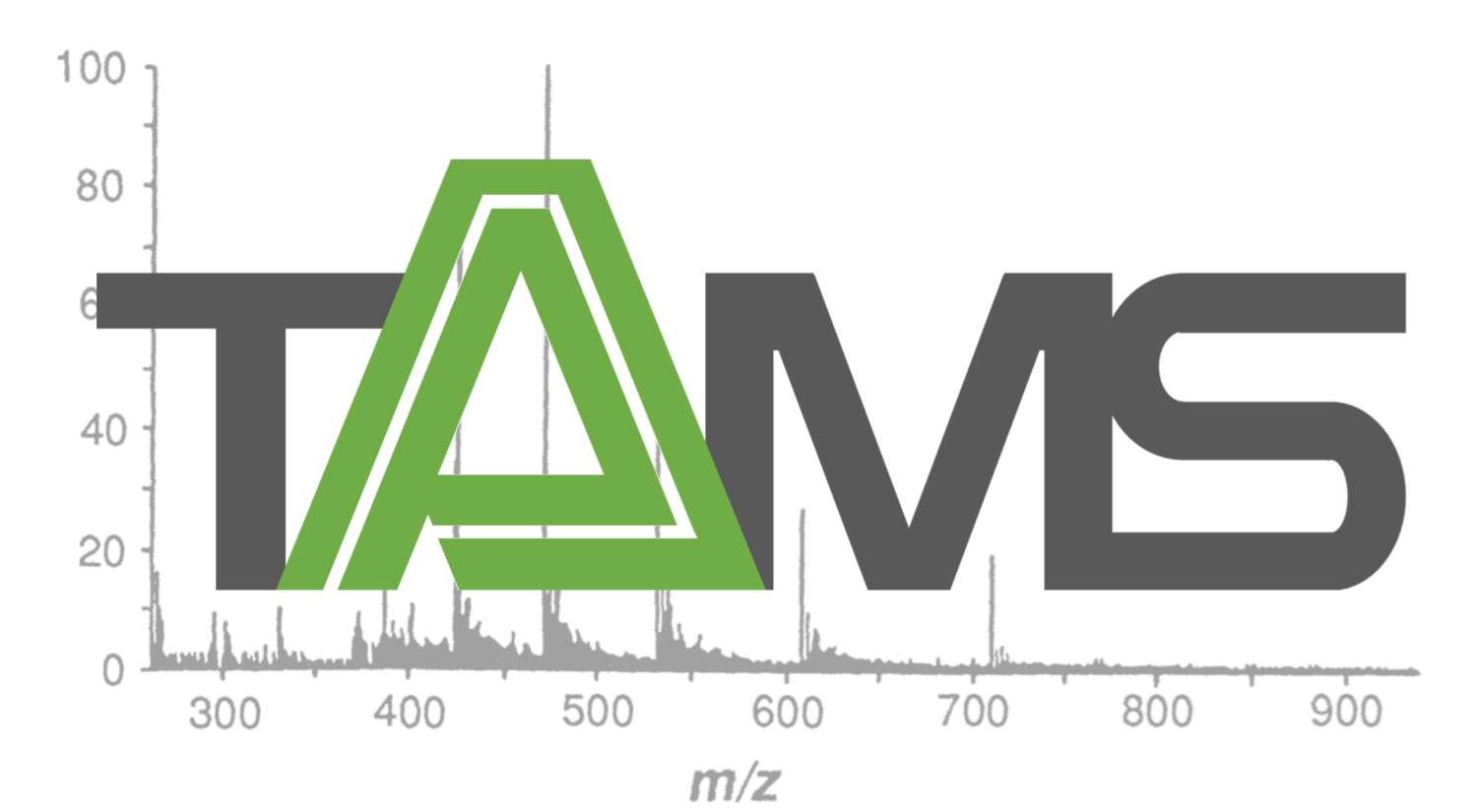Plenary Lecture:
“Translational Imaging Mass Spectrometry:
Contextual Molecular Insights in Cells and Tissue”
Professor Ron Heeren, Maastricht University, M4I Division of Imaging Mass Spectrometry
Modern molecular analytical technologies in the “omics” arena plays a crucial role in clinical diagnostics. Technological advances have increased methodological sensitivity allowing researchers to acquire molecular information of fewer and fewer cells. The biggest challenge is to put that concerted information in the context of the tissue these cells originate from. This lecture describes how innovative molecular pathology imaging technologies, based on mass spectrometry and “omics” innovations, have developed over the last two decades towards accurate tissue classification with single cell resolution. These technologies now offer new insights in life’s complexity that can be employed for precision medicine. Innovations in mass spectrometry based chemical microscopes have now firmly established themselves in translational molecular research. One key aspect of translational success is the ability to obtain this molecular information on thousands of molecules in a diagnostic relevant timescale. Modern mass microscopes can now rapidly acquire images of metabolites, lipids, peptides and proteins, depending on the spatial resolution chosen. Combined they offer a truly precision pathology approach that reveals a cells molecular complexity in the context of its biological environment.
High resolution MALDI-FTMS image using MALDI-2 of a kidney cryosection demonstrating morphological and molecular detail that can easily be achieved with innovative high performance MSI
Student Lecture:
“PepSAVI-MS reveals proline-rich antimicrobial peptide in Amaranthus tricolor”
Tessa Moyer, Laboratory of Professor Leslie Hicks, University of North Carolina at Chapel Hill, Department of Chemistry
Traditional medicinal plants are a rich source of antimicrobials; however, the bioactive peptide constituents of most ethnobotanical species remain largely unexplored. Herein, PepSAVI-MS, a mass spectrometry-based peptidomics pipeline, was implemented for antimicrobial peptide (AMP) discovery in the medicinal plant Amaranthus tricolor. This investigation revealed a novel 1.7 kDa AMP with strong activity against Escherichia coli ATCC 25922, deemed Atr-AMP1. Initial efforts to determine the sequence of Atr-AMP1 utilized chemical derivatization and enzymatic digestion to provide information about specific residues and post-translational modifications. EThcD (electron-transfer/higher-energy collision dissociation) produced extensive backbone fragmentation and facilitated de novo sequencing, the results of which were consistent with orthogonal characterization experiments. Additionally, multistage HCD (higher-energy collisional dissociation) facilitated discrimination between isobaric leucine and isoleucine. These results revealed a positively-charged proline-rich peptide present in a heterogeneous population of multiple peptidoforms, possessing several post-translational modifications including a disulfide bond, methionine oxidation, and proline hydroxylation. Additional bioactivity screening of a simplified fraction containing Atr-AMP1 revealed activity against Staphylococcus aureus LAC, demonstrating activity against both Gram-negative and Gram-positive bacterial species unlike many known short chain proline-rich antimicrobial peptides.

